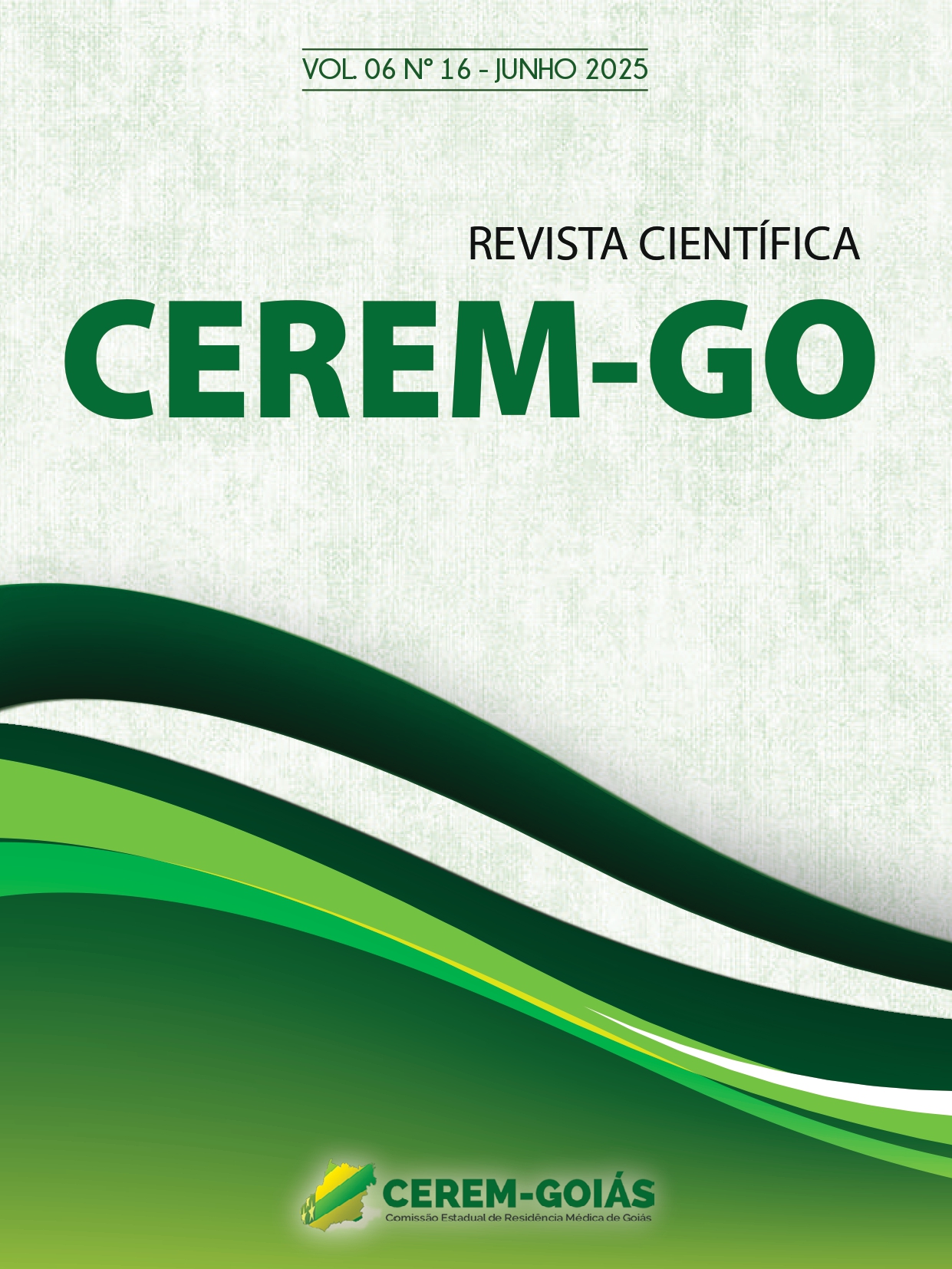Hematoma subdural agudo fatal pós raquianestesia
Relato de caso
DOI:
https://doi.org/10.37951/2675-5009.2025v6i16.155Palavras-chave:
Cefaleia pós-anestesia raquidiana, Distúrbios de cefaleia secundários, Edema cerebral, Hematoma subdural agudo, Morte cerebralResumo
A cefaleia pós raquianestesia é uma complicação com prevalência que varia entre 1/500.000 a 1/1.000.000 e sua ocorrência aponta para um gradiente de pressão entre os espaços subaracnóideo intracraniano e medular devido a presença de uma lesão dural provocada na punção. A persistência do gradiente barométrico, entretanto, pode determinar maior afastamento da superfície cerebral da dura-máter, com ruptura das veias ponte e formação de hematoma subdural agudo (HSDA), condição associada a elevada morbimortalidade. O HSDA pós raquianestesia é uma complicação rara e potencialmente fatal. Na literatura, observa-se que grande parte dos HSDAS pós punção dural não cursaram com efeitos de massa exuberantes ou grandes alterações clínicas, não sendo necessário tratamento cirúrgico de urgência, com instituição de tratamento clínico para posterior drenagem cirúrgica em um hematoma já com sinais de cronificação. Neste caso relatado, evidenciase uma paciente com TC de crânio da admissão dentro dos padrões de normal idade, porém, evoluiu com alterações neurológicas e novo exame de imagem apontando HSDA volumoso com grande repercussão clínica, sendo que na avaliação pela neurocirurgia, a mesma apresentava estigmas de morte encefálica sem possibilidade de tratamento neurocirúrgico devido a impossibilidade de reversão do quadro ou de promover algum benefício a paciente.
Downloads
Publicado
Edição
Seção
Licença
Copyright (c) 2025 Revista Científica CEREM-GO

Este trabalho está licenciado sob uma licença Creative Commons Attribution 4.0 International License.




